Nursing is a dynamic profession with multiple levels of education, licensure, certification, and achievements. Using your credentials properly is essential to communicate your qualifications and credibility to colleagues, employers, and patients. A standardized approach to listing credentials ensures that everyone understands their significance.
This updated guide incorporates the latest guidelines from the American Nurses Association (ANA), American Nurses Credentialing Center (ANCC), and other authoritative bodies to help you display your nursing credentials clearly and correctly.
Standard Order of Nursing Credentials
The preferred order for listing nursing credentials is from most permanent to least permanent. Both ANA and ANCC recommend using the following order:
1. Highest Earned Degree
List your highest academic degree first, whether in nursing or a related field (e.g., BSN, MSN, DNP, PhD). Example: Jane Smith, PhD (if she has a doctorate in nursing). If you have multiple degrees, only list the highest in each relevant field (more on this below).
2. Licensure
Next, list your nursing license or licensure designation. This is the legal credential that allows you to practice. Examples: RN (Registered Nurse), LPN or LVN (Licensed Practical/Vocational Nurse). An advanced practice license or designation issued by a state (like APRN or NP) can be included here as well.
3. State Designations or Requirements
If applicable, include any state-specific credentials that indicate authority to practice at an advanced level. These vary by jurisdiction and role. Examples: APRN (Advanced Practice Registered Nurse), NP (Nurse Practitioner), CNS (Clinical Nurse Specialist). (Note: In some cases, the advanced practice designation is part of licensure, so it may be combined with the licensure item above.)*
4. National Certifications
List any nationally recognized specialty certifications you have earned. These are usually granted by accredited certifying bodies and often have specific post-nominal letters. Examples: CCRN (Critical Care Registered Nurse), FNP-BC (Family Nurse Practitioner-Board Certified, from ANCC). If you hold multiple certifications, list the ones most relevant to your practice first (more guidance on multiple credentials below). Note: The specific letters for a certification can differ by certifying organization (e.g., ANCC uses “-BC” for board certified NPs like FNP-BC, whereas the AANP certification for nurse practitioners is denoted as FNP-C).
5. Awards, Honors, and Recognitions
Finally, include prestigious honors or fellowships that are professional recognitions (these are often called “honorary” credentials). Example: FAAN (Fellow of the American Academy of Nursing) is an honor indicating significant contributions to nursing. Another example is FCCM (Fellow of the Critical Care Medicine college) for nurses in critical care, or national honors like an award fellowship. These credentials typically come last in the list.
6. Other Certifications (Non-Nursing)
If you have certifications in non-nursing fields that are relevant to your role, you may list them after all of the above. These might be professional skills or qualifications outside of nursing. Example: EMT-B (Emergency Medical Technician–Basic). Only include these if they enhance your nursing practice or are pertinent to your position.
This ordering is deliberate. Degrees are listed first because an earned academic degree is permanent – it cannot be taken away except under extreme circumstances. Licensure and state-authorized designations come next because they are required by law for practice and only revoked for serious misconduct. Certifications are usually voluntary and must be periodically renewed (e.g., via exams or continuing education), so they come later in the sequence. Awards and honors are prestigious but voluntary recognitions. In essence, credentials are listed from most enduring to most temporary, providing a logical hierarchy that is widely understood in healthcare.
Examples of Credentials by Category
To clarify each category, here are examples of common nursing credentials:
| Credential Category | Common Examples | Placement & Key Notes |
|---|---|---|
| Educational Degrees | Associate Degree in Nursing (ADN) Associate of Science (AS) Bachelor of Science in Nursing (BSN) Bachelor of Science in Nursing (BScN) Bachelor of Arts (BA) Master of Science in Nursing (MSN) Master of Science (MS) Master of Arts (MA) Doctor of Philosophy (PhD) Doctor of Nursing Practice (DNP) Doctor of Education (EdD) Doctor of Nursing Science (DNS) | List only the highest relevant degree (e.g., “Doctor of Nursing Practice — DNP”) unless multiple degrees matter for the context. |
| Licensure | Registered Nurse (RN) Licensed Practical Nurse (LPN) Licensed Vocational Nurse (LVN) Advanced Practice Registered Nurse (APRN) Nurse Practitioner (NP) | Always follows the degree; shows basic license status. Advanced-practice licenses (e.g., “RN, APRN” or “RN, NP”) appear here if required by your state. |
| State Designations (Advanced Practice) | Advanced Practice Registered Nurse (APRN) Nurse Practitioner (NP) Clinical Nurse Specialist (CNS) Certified Nurse-Midwife (CNM) Certified Registered Nurse Anesthetist (CRNA) | Granted by state boards for advanced roles; not every nurse will have one. |
| National Specialty Certifications | Critical Care Registered Nurse (CCRN) Certified Emergency Nurse (CEN) Oncology Certified Nurse (OCN) Certified Medical-Surgical Registered Nurse (CMSRN) Family Nurse Practitioner—Board Certified (FNP-BC) Family Nurse Practitioner—Certified (FNP-C) Registered Nurse—Board Certified (RN-BC) | List only active, earned certifications; each ties to an accrediting body and renewal schedule. |
| Awards & Honors | Fellow of the American Academy of Nursing (FAAN) Fellow of the National Academies of Practice (FNAP) Fellow of the Academy of Emergency Nursing (FAEN) Officer of the Order of the British Empire (OBE) | Appear last in U.S. listings; signal significant professional recognition. |
| Non-Nursing Certifications | Emergency Medical Technician—Basic (EMT-B) Emergency Medical Technician—Paramedic (EMT-P) Certified Health Education Specialist (CHES) | Include only if they add value to your nursing role; otherwise omit. |
By using the appropriate category for each of your credentials, you ensure that anyone reading your credentials can immediately recognize what each item represents (education vs. license vs. specialty, etc.). Credentials are always separated by commas after your name, and there are no periods within the abbreviations (for example, write BSN, not B.S.N.). More of these formatting guidelines are discussed below.
Using Credentials in Different Contexts
How you display your credentials can vary slightly by context. Here’s how to choose which credentials to use in common scenarios:
In Legal Documents and Clinical Records
For any documentation with legal implications – such as patient charts, prescriptions, medical records, or other official records – you should use the credentials required by law or regulation for your role. In most cases, this means at least your licensure.
For example, a registered nurse would sign “Jane Doe, RN” on a patient chart. An advanced practice nurse, like a nurse practitioner, may be required to include the advanced practice title (e.g., “John Doe, NP” or “John Doe, APRN”) when writing orders or prescriptions, depending on state law. The key is to meet your state’s requirement for identification: state boards often mandate that you clearly indicate your professional title (RN, LPN, NP, etc.) on clinical documents. Other credentials (like degrees or certifications) are usually optional in this context.
In Professional Communications and Appearances
In settings like conferences, name badges, business cards, email signatures, or when introducing yourself in a professional capacity, it’s common to use your core credentials that are most relevant to your audience. Typically, this includes your degree and license at minimum (e.g., “Taylor Swift, MSN, RN” on a conference name badge).
You may choose to include one or two key certifications if space and context allow (for instance, a specialist nurse might use “BSN, RN, CCRN” on a business card to highlight critical care certification). Keep in mind that some workplaces limit the number of credentials on name badges for readability – often just the licensure or highest degree. Use your judgment (or workplace policy) to decide how much to display in these situations, favoring the credentials that best communicate your qualifications for the setting.
In Publications, Presentations, and Testimonies
When writing for publication, speaking at a professional meeting, or providing testimony (e.g., to a legislature or in court), it’s appropriate to list all of your relevant credentials after your name. In these cases, your credentials establish your credibility to speak on the subject.
For example, an author byline in a nursing journal might read “Taylor Swift, DNP, RN, CNE, CCRN-K” to fully inform readers of the author’s doctoral education, licensure, and certifications in education and critical care. However, relevance is key – you should include credentials that directly pertain to your expertise in the topic at hand. If you are writing an article about clinical nursing practice, you would definitely include your RN license and any specialty certification in that clinical area; you might omit an unrelated certification or degree (for instance, an MBA) if it’s not pertinent.
In formal testimony or legal statements, list your full credentials (as allowed) to document your expertise, but be prepared to explain them if asked. (One tip: sometimes publishers or event organizers have their own style guidelines – for example, a journal might only print your highest degree and licensure. In such cases, follow the venue’s guidelines, which might abbreviate your credentials for you.)
On Resume/CV and Job Applications
Outside of the name header (where you might list a few credentials after your name), your resume or CV will typically have dedicated sections for education, licensure, and certifications. There’s no need to put the full string of credentials after your name at the top of a resume, especially if you’ll detail them below. It’s usually sufficient to put your highest degree and license (e.g., “Taylor Swift, MSN, RN” at the top of a resume), and then use the document sections to provide specifics. This keeps your resume header concise while still showing you meet essential qualifications.
No matter the context, never falsify or embellish credentials. Only use credentials you have earned and that are active and in good standing. Misrepresenting your credentials is considered unprofessional and can carry legal or disciplinary consequences. When in doubt, it’s better to err on the side of listing fewer (but absolutely correct) credentials than to include credentials that are not recognized or current.
Managing Multiple Credentials and Degrees
Many nurses accumulate multiple credentials over their careers. Here are guidelines to manage them without overwhelming your name line:
Highest Degrees Only
List only your highest earned degree(s) in a field. If you have a graduate nursing degree, do not list your lower nursing degrees. For example, if you earned an MSN or DNP, you would omit your BSN from the credentials line. It would be “Susan Lee, MSN, RN,” not “Susan Lee, MSN, BSN, RN.” The general rule is to avoid redundancy – a higher degree implies the lower degree.
Multiple Degrees in Different Fields
If you hold degrees in different fields (nursing and non-nursing) and both are relevant, you may list the highest degree in each field. The non-nursing degree is listed first, followed by the nursing degree. Example: A nurse manager with a Master’s in Business Administration and a BSN could write “John Doe, MBA, BSN, RN.” This shows the important business qualification (MBA) followed by his nursing credentials. If the non-nursing degree is not pertinent to your role, you can choose not to include it in routine credentialing (for instance, an ICU staff nurse who also has an MBA might not usually include the MBA when signing charts, but could list it on a CV or when relevant for a management discussion).
Multiple Licenses
Nurses who are licensed in more than one role (for example, an RN who is also a Licensed Practical Nurse, or an RN who becomes an APRN) generally list only the highest license relevant to their practice. It would be unusual to list RN and LPN together since LPN is a lower-level license and typically one doesn’t maintain both actively.
Similarly, if you are a nurse practitioner, the “NP” or APRN designation inherently includes RN, so you might just use “APRN” or “NP” (plus your specialty certification) in contexts where that’s permitted. However, in many cases NPs list both RN and NP (e.g., Jane Doe, MSN, RN, NP-C) because their RN license is still active and it clarifies their professional background. Follow state guidelines and personal preference on whether to include RN in addition to APRN; it’s never wrong to include it, but some NPs drop the RN in everyday use since their NP license requires an RN license in the first place.
Multiple Certifications
If you have earned several certifications, you may list all that are current, but be mindful of readability. Again, it’s often best to prioritize certifications most related to your current practice or the position you are presenting yourself for. You can list certifications in the order obtained (especially if they build on each other), or by importance. For example, a nurse who is both a CCRN (critical care) and CEN (emergency) might choose the order based on her primary role. If she currently works in the ICU, she might write “BSN, RN, CCRN, CEN”; if she primarily works in the ER, she might reverse those. Nursing certifications (those related to nursing practice) should generally be listed before non-nursing certifications. Any certification not related to healthcare should be placed last or omitted entirely.
Retired or Inactive Credentials
Do not list credentials that are expired or that you no longer maintain. For instance, if you had a certification that you didn’t renew, it should be dropped from your credentials line. Some certifications offer an official “retired” status (often indicated by “-R” at the end of the credential) for those who have retired from that specialty; you should only use such designations if the certifying body permits it and you have obtained that status. If you’re not actively licensed or certified in something, it doesn’t belong after your name.
Non-Nursing Credentials
You may have non-nursing professional credentials (e.g., an accountant’s CPA, a project management PMP, etc.). These should be included only if directly relevant to your role or professional image as a nurse. As a rule, omit credentials that do not enhance your nursing practice. For example, if you are a nurse informaticist and you also earned a certification in computer networking, you might include it. But if you’re a bedside nurse with a real estate license, you would not list “Realtor” after your name! When included, non-nursing credentials come after all nursing credentials and honors.
Example – Putting It All Together
Let’s say Taylor Swift has a PhD in nursing, is a licensed RN and an Adult-Gerontology Nurse Practitioner in her state, is board certified in Adult-Gerontology Primary Care (AGPCNP-BC through ANCC), and is also a Fellow of the American Academy of Nursing (FAAN). She also happens to have a bachelor’s degree in computer science. How should she list her credentials? According to the rules: highest degree (PhD), licensure (RN and her NP state designation – which might be APRN or simply NP depending on state), national certification (AGPCNP-BC), then honor (FAAN). The computer science degree (BS) is not directly related, so she omits it. Her credentials would appear as: Taylor Swift, PhD, RN, APRN, AGPCNP-BC, FAAN. This communicates that Taylor is doctorally educated, licensed to practice as an RN and advanced practice nurse, nationally certified in her specialty, and recognized as a nursing leader (FAAN). It leaves out lower or unrelated credentials that would clutter the list.
Formatting and Style Conventions
Professional conventions have emerged to ensure that credentials are presented clearly:
Use Commas as Separators
Always place a comma between your name and the first credential, and between each subsequent credential. For example: Gregory Rivera, RN, BSN, OCN. The comma is the standard separator in the U.S., Canada, and many other countries. Do not use other separators like slashes or vertical bars in formal writings. The comma rule makes it easy to distinguish each credential at a glance.
No Periods in Acronyms
Do not put periods within credential abbreviations. Standard abbreviations like RN, BSN, MSN, DNP, etc., are written without punctuation. This is both a style and a practicality issue – RN is clear and unambiguous, whereas “R.N.” with periods is outdated style and can clutter the text. The same applies to certifications (write CCRN, not C.C.R.N.) and so on. The only time you’d see periods is in certain honorifics or older usage (for instance, some people still use “R.N.” in narrative text, but modern professional usage drops the periods).
Spacing and Capitalization
Credentials are typically written in all caps (because many are acronyms). Ensure you copy the official format – e.g., write PhD (with a capital P, H, and D) or EdD, FNP-BC (all letters capital, with a hyphen as given). Use a hyphen or other symbols exactly as the official credential uses them. For example, RN-BC is hyphenated by convention to indicate “Registered Nurse-Board Certified.” Likewise, some specialty credentials include a lowercase letter (e.g., CCRN-K where the “-K” denotes a knowledge professional who is not in direct care). Always use the format provided by the certifying body or authority. If in doubt, check the awarding organization’s website for the correct spelling of a credential.
International Practices for Nursing Credentials
Nursing credentialing conventions can differ around the world. Here are a few examples of how nurses outside the U.S. display their qualifications, with some notable differences and fun facts:
In the United Kingdom (UK)
In the UK, nurses are registered with the Nursing & Midwifery Council (NMC) and the protected title is “Registered Nurse”, often followed by a field designation (Adult, Mental Health, Children, etc.). However, it is not common in the UK to list “RN” after a nurse’s name in daily practice or on business cards – it’s often implicit in their job title.
Instead, British nurses typically emphasize their academic degrees and any honors. For example, a senior nurse might be “Jane Doe, MSc, BSc (Hons), RGN.” Here RGN stands for Registered General Nurse, a legacy qualification roughly equivalent to RN. (RGN was used historically; modern graduates are all Registered Nurses but may still use the old abbreviations or just “RN”).
A fun fact about the UK system is that post-nominal letters are used in a strict order defined by tradition: honors and decorations (like OBE, MBE) come first, then academic degrees, then professional qualifications. So, a highly honored British nurse who is a Fellow of a professional college might have a long string like: “Dame Jane Doe, DBE, PhD, RN, FRCN”.
Another difference: midwives in the UK are separately registered and can use RM (Registered Midwife) after their name if they choose, and specialist community or public health nurses have additional designations (like HV for Health Visitor), though these are usually used in official contexts rather than everyday signatures. In summary, UK nurses often list degrees and may list RN/RGN and any notable fellowship or honor, but the practice is less standardized than in the U.S., and many nurses in the UK simply use their name without a cascade of credentials except in formal writings or resumes.
Canada
Canadian nurses follow a system similar to the U.S., with a few variations in terminology. Credentials are usually listed as degree, license, certification, etc., and Canadian nurses often use BScN (Bachelor of Science in Nursing) as the degree abbreviation instead of BSN.
A typical Canadian RN might sign “Sandy Thompson, BScN, RN.” Licensure designations can vary by province: for instance, RPN in Ontario stands for Registered Practical Nurse (equivalent to LPN), whereas RPN in British Columbia means Registered Psychiatric Nurse (a distinct professional designation in Western Canada). So, context matters!
Canadian Nurses Association (CNA) offers specialty certifications, and when Canadian nurses earn these, they add “(C)” to the credential to indicate Canadian certification. For example, a Canadian critical care certified nurse would be CNCC(C) (Certified Nurse in Critical Care (Canada)), and an oncology certified nurse is CON(C). This “(C)” is a uniquely Canadian marker to distinguish from U.S. or other credentials. Like in the U.S., Canadian nurses separate credentials with commas and don’t use periods.
One fun fact: Nurses in bilingual regions (like Quebec) sometimes list credentials in both languages or use the French equivalents in French documentation. In French, “infirmière diplômée d’état” (IDE) is the term for a registered nurse, but post-nominals like “Jane Doe, B. Sc. Inf.” (Baccalauréat en Sciences Infirmières) might be seen in French-language contexts. Generally, however, “RN” is understood Canada-wide in English usage, and Canadian nurses use a similar approach to listing credentials as their American counterparts.
Australia (and New Zealand)
Nurses in Australia and New Zealand also list their credentials in a format comparable to the U.S., but the educational pathways and titles have some differences. Australian nurses commonly earn a Bachelor of Nursing (BN or BNurs) – which is equivalent to a BSN – and that might be listed as BN or sometimes BInf (for Bachelor of Nursing Science, depending on the university).
They then become licensed as a Registered Nurse (RN) through the Australian Health Practitioner Regulation Agency. A nurse in Australia might write “John Smith, BN, RN.” It’s less common to see multiple degrees listed unless one is a graduate degree (e.g., MN for Master of Nursing).
For advanced practice, Australia has Nurse Practitioners (NP) who might use “NP” or the title “Endorsed Nurse Practitioner” in formal documents. They might list credentials like “Terry Miller, MN, NP” to indicate a master’s degree and nurse practitioner endorsement. Australia also has Enrolled Nurses (EN) (similar to LPNs), but an EN would typically just use “EN” as their title, not an academic degree. One interesting aspect: Some Australian nurses who hold dual registration as midwives will list “RN, RM” (Registered Midwife) to show both qualifications.
New Zealand is similar: a Kiwi nurse might have a Bachelor of Nursing (BN) and use RN. Both countries follow the no-periods, comma-separated rule as well. And while specialty certification is not as formalized country-wide as in the U.S., there are credentialing programs (for example, the Australian College of Nursing offers fellowship status like FACN, which a nurse might list as an honor). Overall, Australian and New Zealand nurses tend to be modest about using long strings of letters; often just the highest degree and RN, plus NP if applicable, are used publicly.
Fun fact: In some hospitals in Australia, it’s customary on name badges to list only the first name and role (e.g., “Alice – Registered Nurse”) rather than any postnominals, to appear more approachable to patients. This doesn’t mean credentials aren’t valued – they’re just not always flaunted in day-to-day wear.
Philippines
In the Philippines, a BSN degree is the standard entry to nursing, so virtually all licensed nurses will have “BSN” by default. Filipino nurses typically use “RN” after their name upon passing the national licensure exam (e.g., Maria Clara Delos Reyes, RN). It’s a point of pride to earn that RN, and you’ll even see it on nameplates and IDs.
Additional degrees like MAN (Master of Arts in Nursing) or MSN might be listed if attained, yielding something like “Glen Reyes, MAN, RN.” The Philippines doesn’t have state-by-state licenses (it’s one national license), and specialty certification is not as formalized in postnominals (though some nurses might list credentials from international certifying bodies if they obtain them).
A quirky trend: nurses in the Philippines who have passed the U.S. NCLEX exam and hold a U.S. RN license sometimes add “USRN” informally to their name, especially on resumes (e.g., Juan dela Cruz, RN, USRN) – this isn’t an official credential, but a colloquial way to indicate they are U.S.-licensed.
India
In India, nurses are similarly required to have a diploma or degree in nursing and are licensed as Registered Nurse (RN) and Registered Midwife (RM). In fact, the licensing certificate from the Indian Nursing Council often reads “RN, RM”, and Indian nurses may list both credentials to reflect their dual qualification in general nursing and midwifery.
For example: “Priya Singh, RN, RM.” In everyday use, many Indian nurses just use RN, but RM is used for those working in maternal-child health fields. India also uses a system of Auxiliary Nurse Midwives (ANM) and General Nursing and Midwifery (GNM) diploma holders, but those individuals might not use postnominal letters in the same way (GNM is a qualification, not usually appended as letters). As in other countries, academic degrees (BSc Nursing, MSc Nursing, etc.) might be listed for teaching or leadership positions.
Fun fact: In India and some other South Asian countries, it’s common to see nurses (especially in academic roles) with elaborate name listings like “Professor ABC, M.Sc (N), Ph.D, RN, RM”, combining academic degrees with licensure – a blend of global and local practice.
These international examples highlight that, while the core purpose of credentials is universal – to denote one’s qualifications – the style and emphasis can vary by country. Some countries place more importance on educational degrees, others on licensure titles, and others might not display credentials prominently at all in daily practice. As a globally aware nurse, it’s always good to know local norms. If you work or present internationally, consider adapting to the local credential customs (and perhaps provide an explanation of your credentials if they’re not commonly used in that country). Above all, whether at home or abroad, using your credentials appropriately is about professional transparency and pride in your hard-earned achievements.
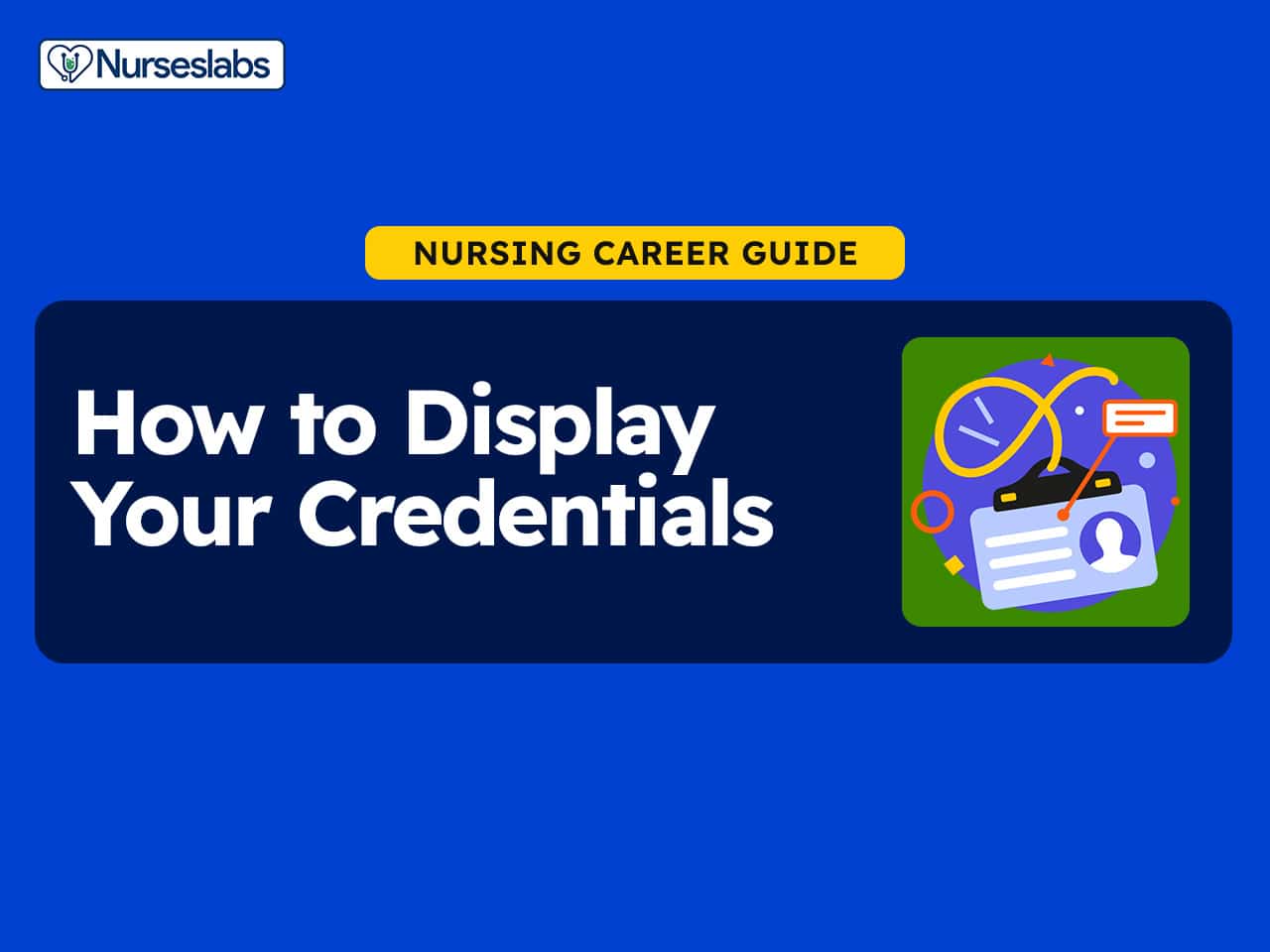

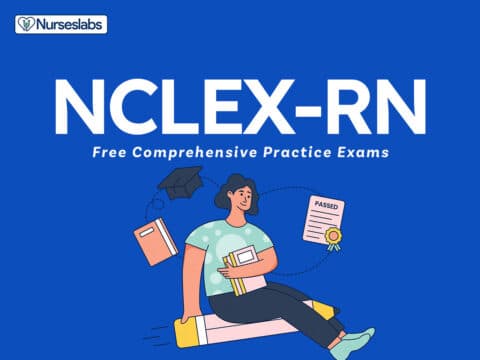
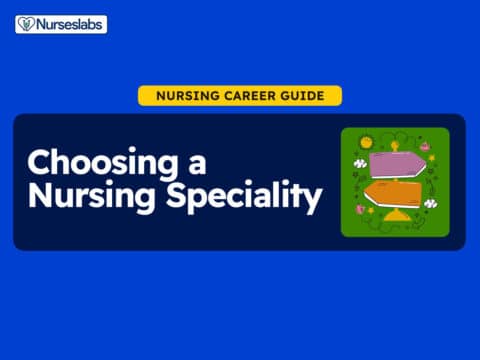
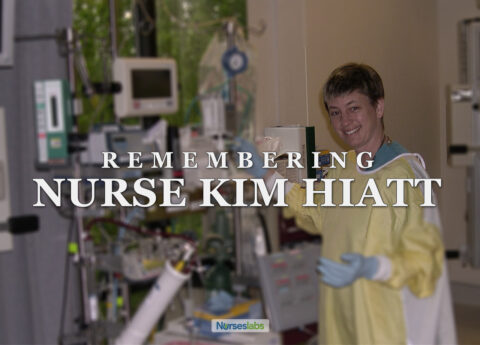

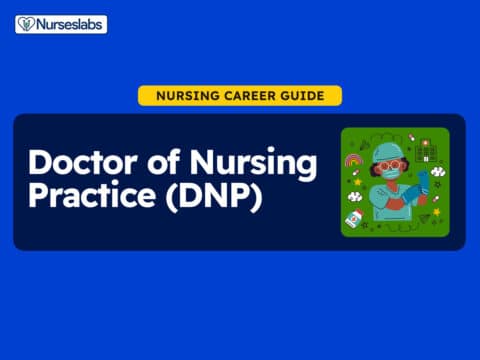


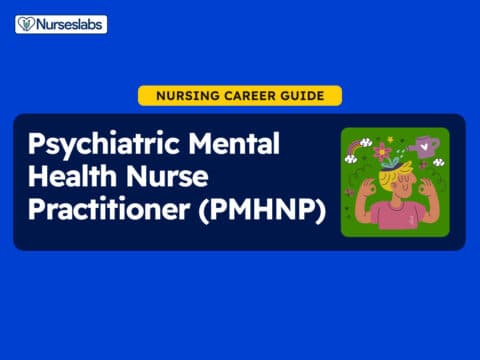
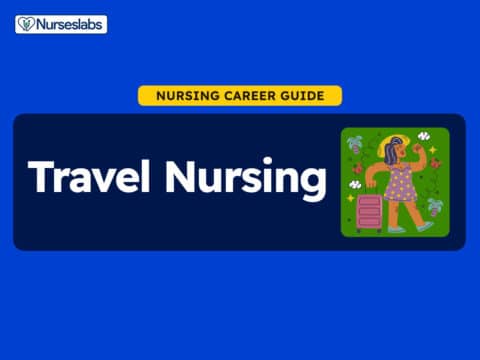
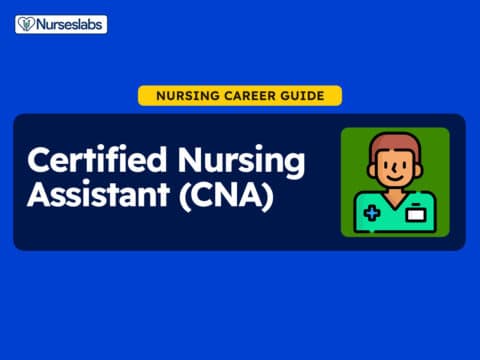


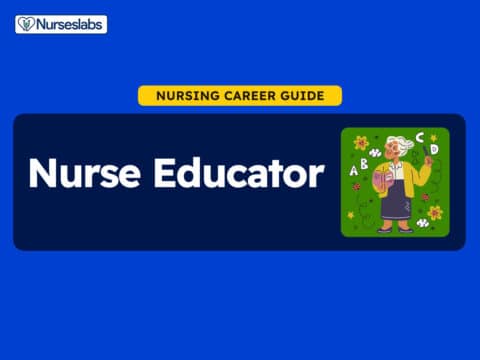

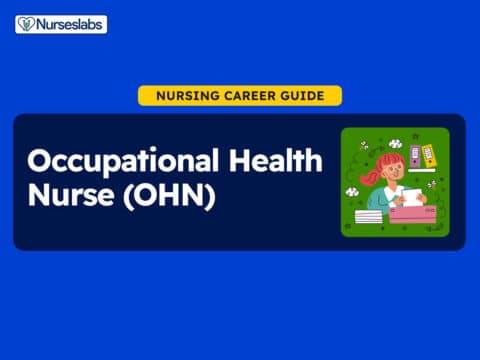
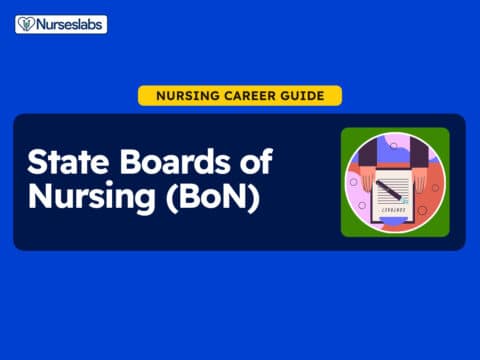
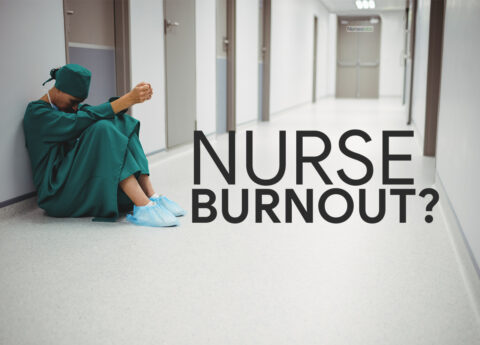


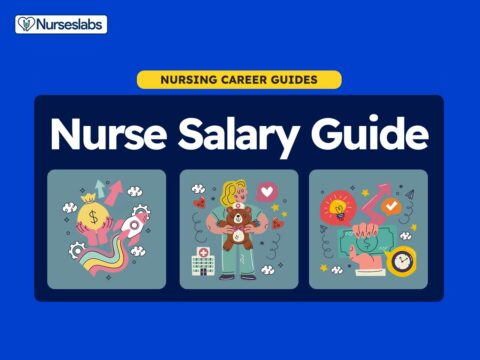




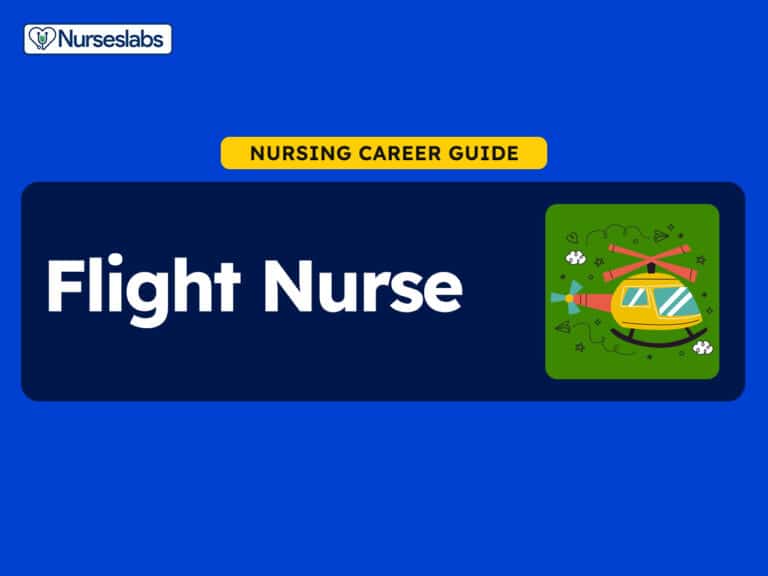


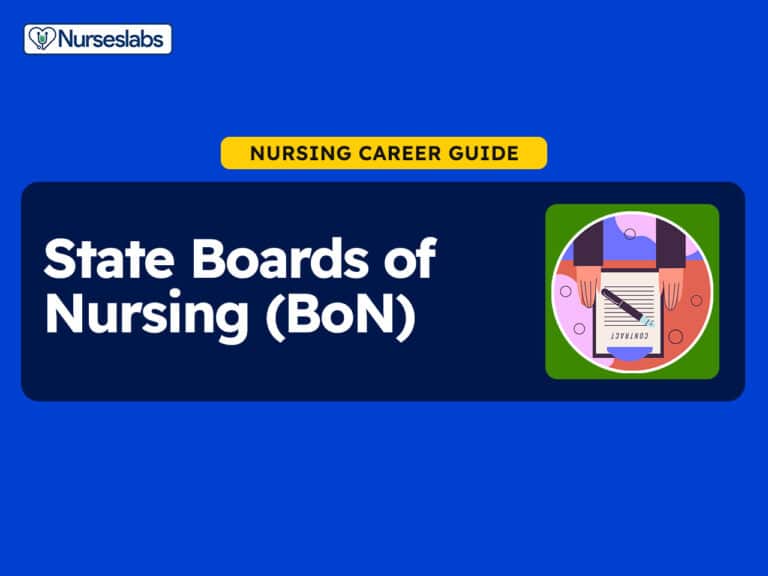


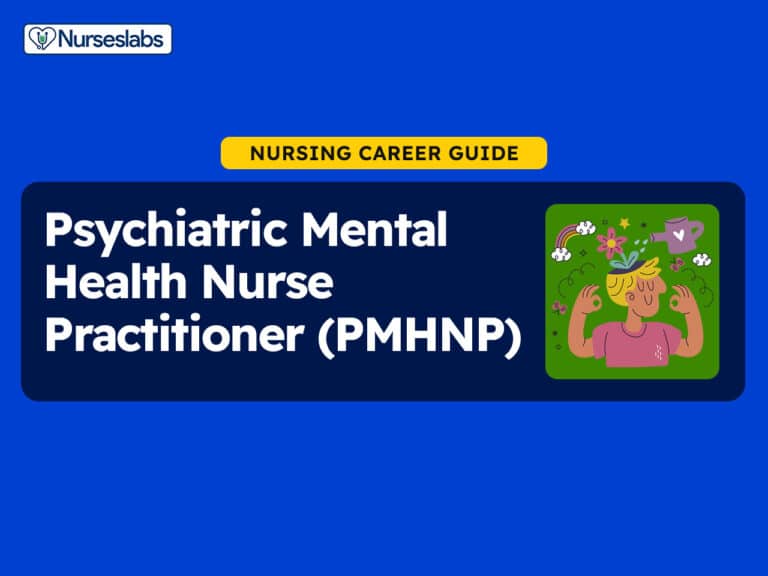
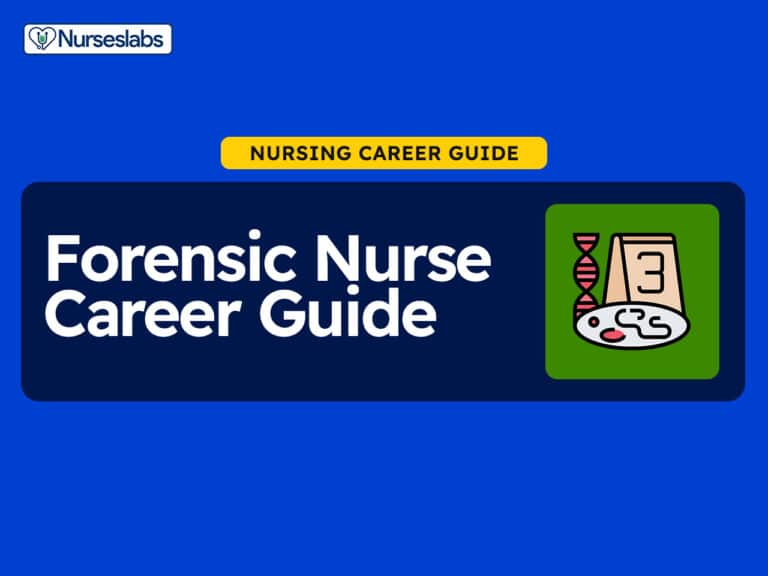

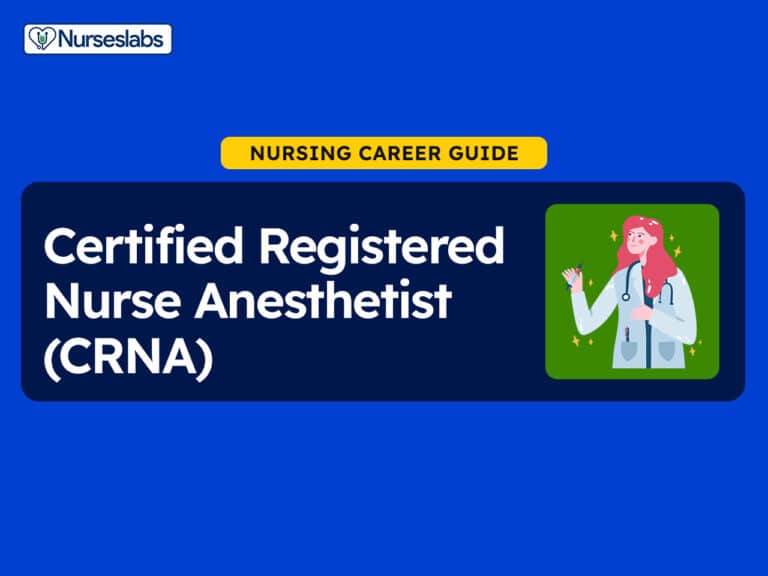
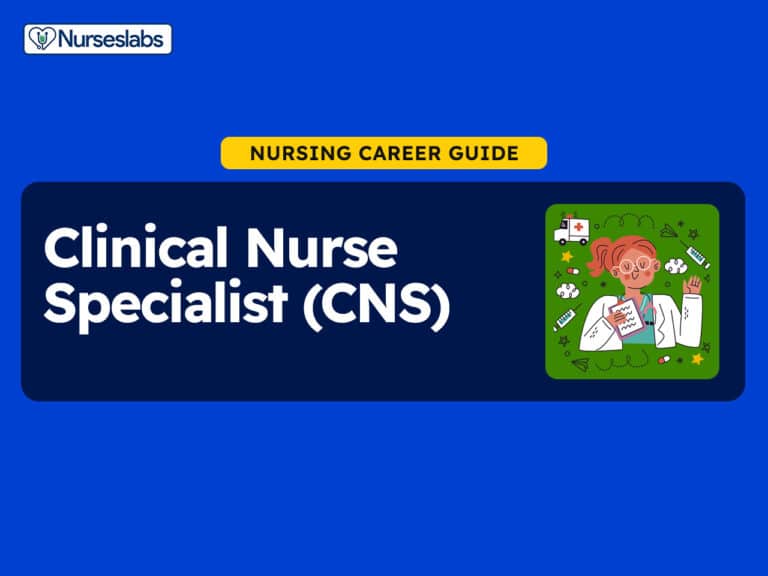
Leave a Comment